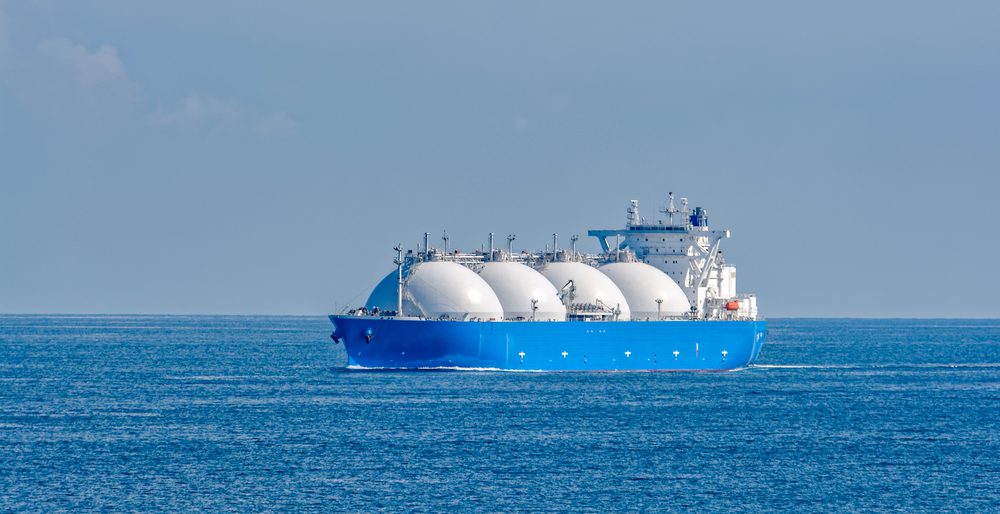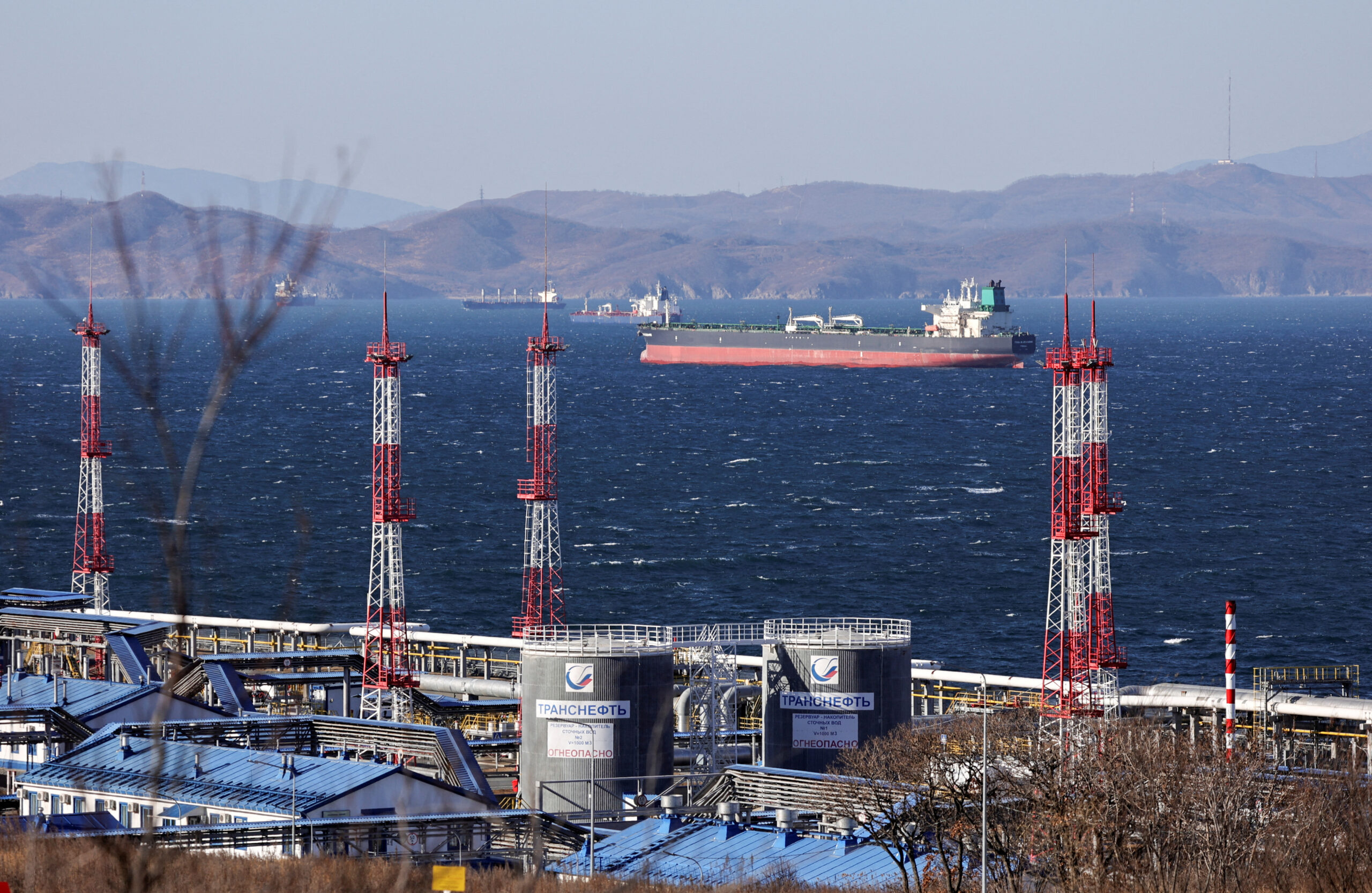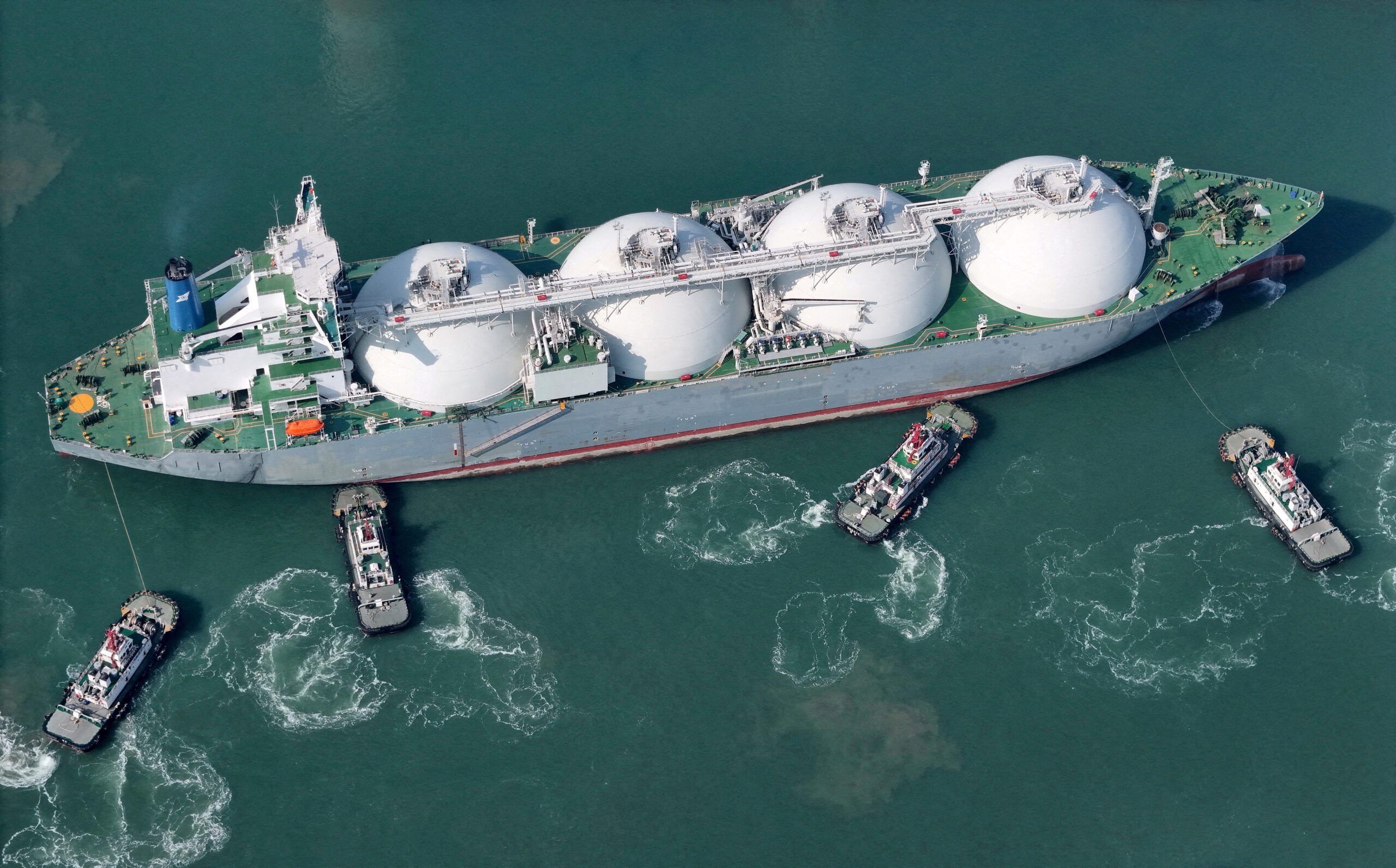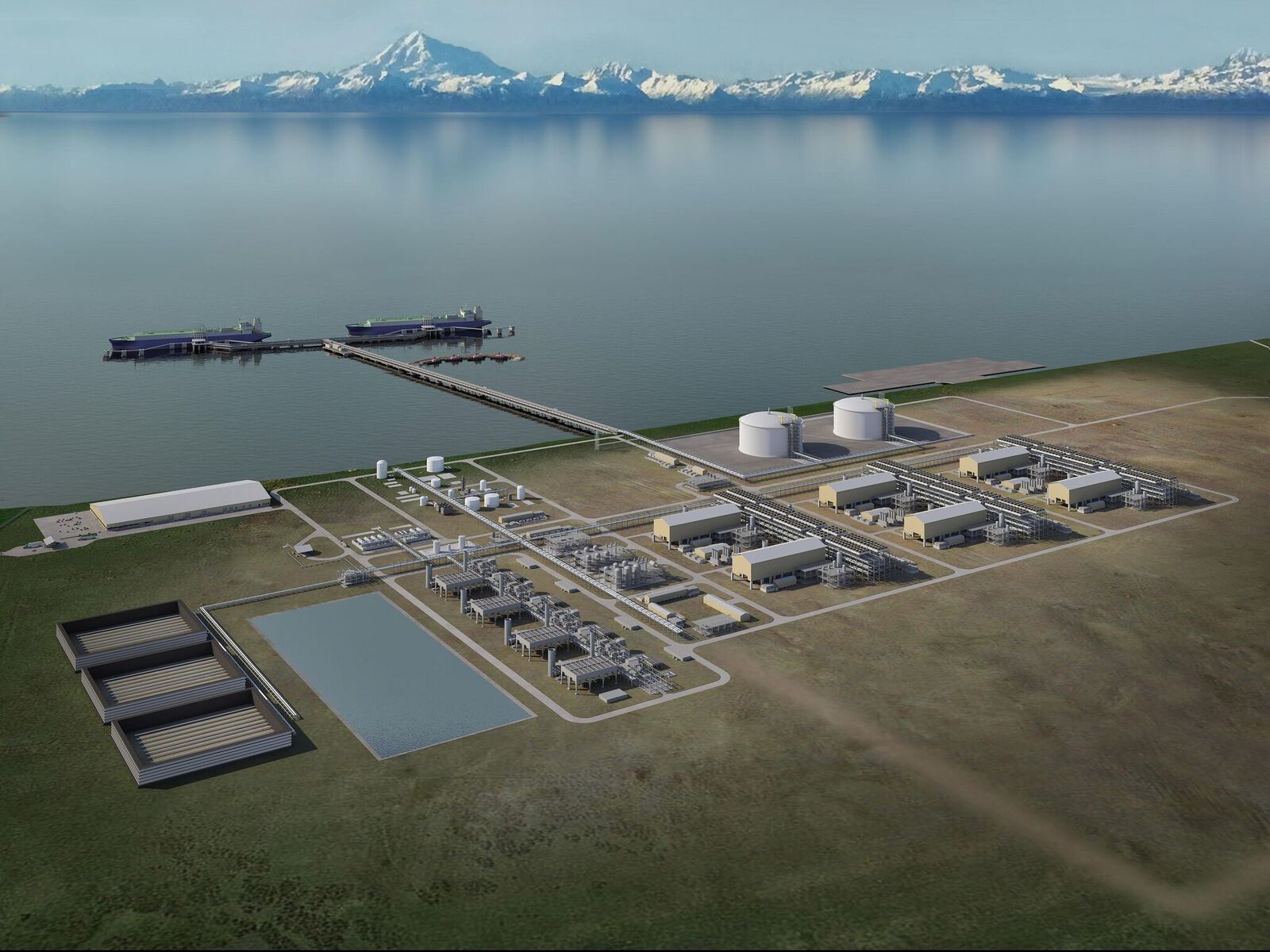By Curtis Williams
HOUSTON, June 22 (Reuters) – The Shell-led SHEL.L LNG Canada project has produced the first liquefied natural gas for export from its facility in Kitimat, British Columbia, two people familiar with the startup of the plant told Reuters on Sunday.
“At 4 a.m. local time LNG Canada started producing its first LNG,” one of the sources told Reuters.
The facility is the first large-scale Canadian LNG project to begin production and also the first major facility in North America with direct access to the Pacific coast, significantly reducing sail time to Asian markets.
When fully operational it will have a capacity to export 14 million metric tonnes per annum (mtpa), according to company statements.
LNG Canada did not immediately respond to a request for comment.
The super-chilled gas is being produced from the facility’s Train 1, which has capacity of 5.6 mtpa, and the first LNG cargo is expected to be shipped by the beginning of July, the two sources said.
Only a portion of the processing plant is operating, according to the two people. Train 1 has had difficulties with one of its lines and will only produce at half its capacity until the problem is solved, one of the sources said.
LNG tanker Gaslog Glasgow is approaching LNG Canada’s Kitimat port, according to LSEG ship tracking data. The vessel is expected to arrive on June 29 and will be loaded with LNG, the sources said.
The LNG Canada project is a joint venture between Shell Plc SHEL.L, Petronas PGAS.KL, PetroChina 601857.SS, Mitsubishi Corporation 8058.Tand Kogas KVGG.LJ.
Once the facility enters service, Canadian gas exports to the U.S. will likely decline, traders said, as Canadian energy firms will have another outlet for their fuel. For now, the U.S. is the only outlet for Canadian gas.
Canada exported about 8.6 billion cubic feet per day of gas via pipelines to the U.S. in 2024, up from 8.0 bcfd in 2023 and an average of 7.5 bcfd over the prior five years (2018-2022), according to data from the U.S. Energy Information Administration. That compares with a record 10.4 bcfd in 2002.
(Reporting by Curtis Williams in Houston; Editing by Nia Williams)
(c) Copyright Thomson Reuters 2025.

 Join The Club
Join The Club












